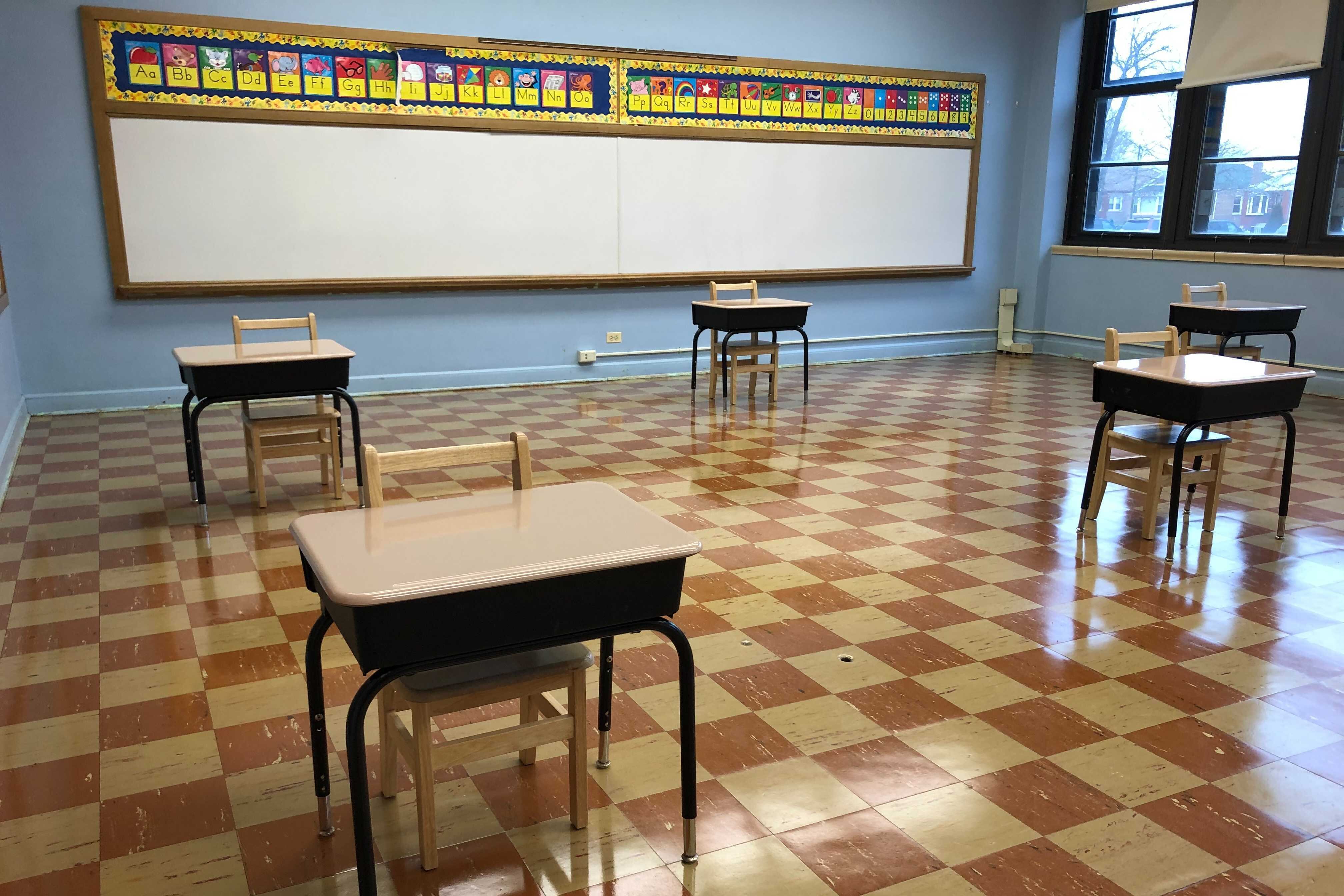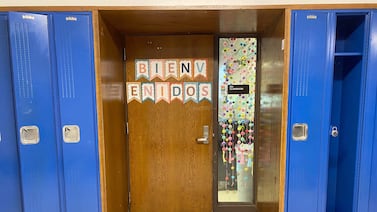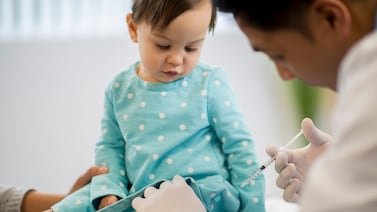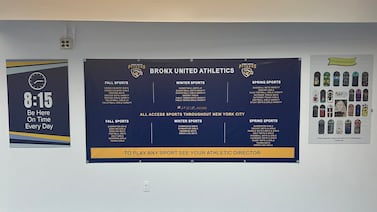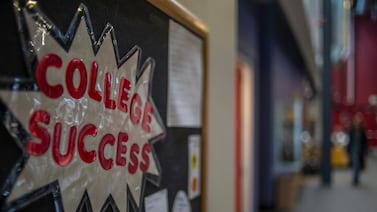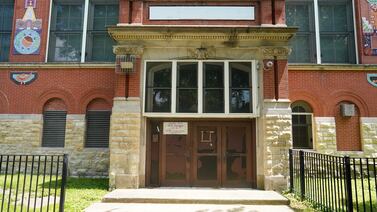Intent on keeping schools open, the Illinois state school board on Friday said it will adopt guidance from the Centers for Disease Control and Prevention that reduces quarantine by half, from 10 to five days.
It’s the latest effort by Illinois’ state education officials to keep schools open as more districts temporarily flip to remote learning amid a rising COVID-19 positivity rate and crippling staffing shortages.
Early this week, Peoria School District 150 announced that it would be extending winter break until Jan. 10. Superintendent Sharon Desmoulin-Kherat and the board of education made the decision after noticing a surge in coronavirus cases locally. Elgin’s U-46 closed five schools and one early childhood center after more than 300 teachers called in sick.
The Chicago Teachers Union on Tuesday voted to work remotely, prompting Chicago Public Schools and the city’s board of education to lock teachers out of work emails and other district accounts. Chicago schools have been closed since Wednesday as negotiations between the union, district, and city continue.
Meanwhile, the state board of education appeared to double down on its stance from earlier in the school year for districts to remain in person with limited options for remote learning.
State Superintendent Carmen Ayala said in a letter on Tuesday that masking, vaccines, and testing work to prevent school districts from needing to shift into remote learning.
“We started in the spring of 2020 with students having no access to in-person school,” said Ayala. “Now, our school leaders are equipped with effective strategies to keep students and staff safe, so teaching and learning can thrive.”
Gov. J.B. Pritzker said during a press conference earlier in the week that it’s better for students to be in classrooms.
“We’ve provided and offered testing and more vaccinations,” Pritzker said. “We hope that school districts across the state will take us up on that. Many have. Most are using shields or something else that we’ve referred them to.”
Mark Klaisner, president of the Illinois Association of Regional Superintendents of Schools, said that the state aligning with the CDC is the first step to get schools on track to reopen classrooms. The state board needs to clarify how to define school days and give school flexibility to reopen, Klaisner said.
According to Klaisner, school district leaders are unsure if they should use remote learning days, e-learning days, or emergency days to keep students at home. The way the days are coded impacts whether the school districts will add more days to the school year.
Klaisner also said school districts need some additional local control and flexibility to make decisions based on the surge in their counties since districts are working closely with public health departments.
“We know that kids all over the state rely on us for food, warmth, safety, security,” said Klaisner. “But that is most adequately accomplished by giving some flexibility to the local districts and not trying a one-size-fit-all kind of scenario because every school is different.”
With more flexibility, Klaisner suggested that school districts could do some in-person learning and send students home for lunch. School districts and their boards of education could also work with teachers unions to have a flexible schedule so some teachers could work a shift in the morning or afternoon, Klaisner said.
As of last Friday, more than 7,000 people in Illinois were hospitalized with COVID-19, the state department of public health said on Friday. Of those, 1,123 patients were in the ICU, and 639 patients with COVID-19 were on ventilators.
According to the state, 21.15% of children between 5 and 11 are fully vaccinated. Among those between 12 and 17, 57.17% are fully vaccinated.


